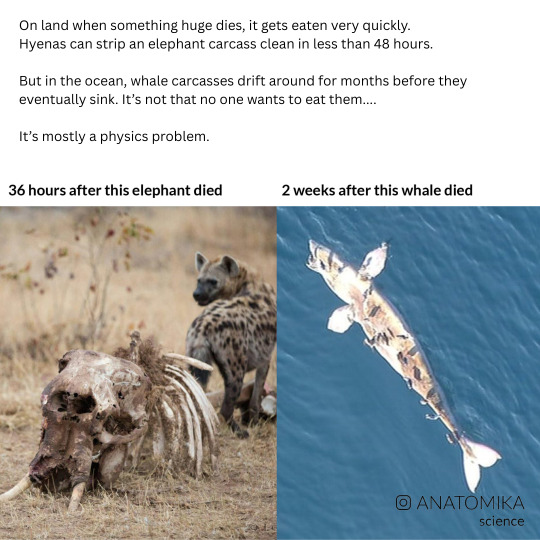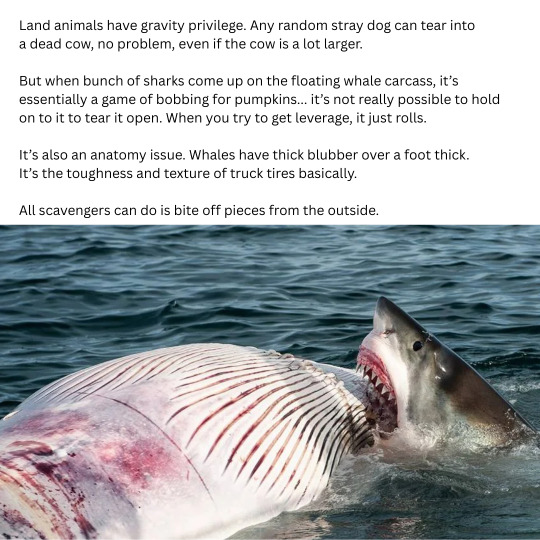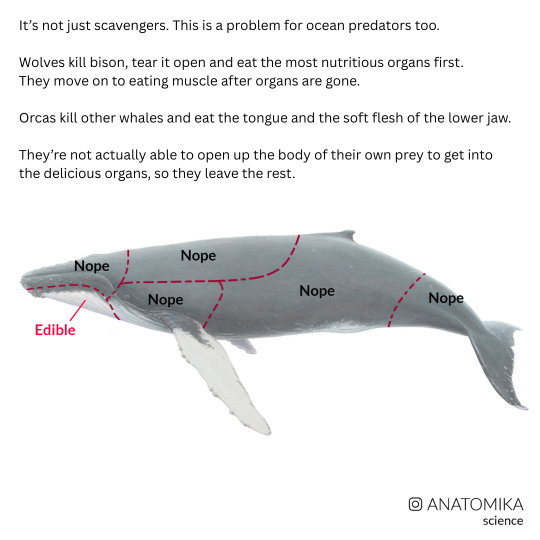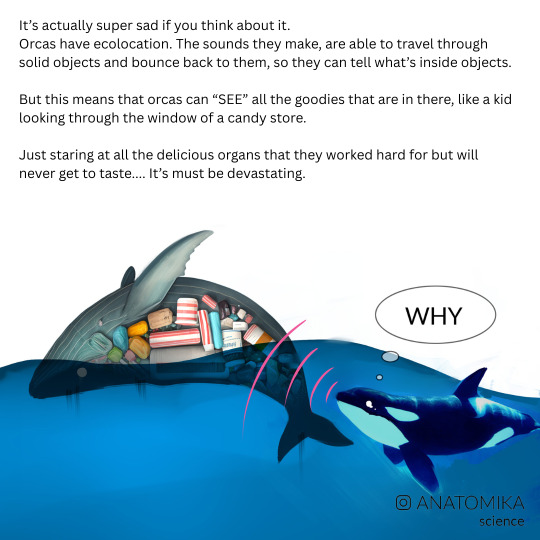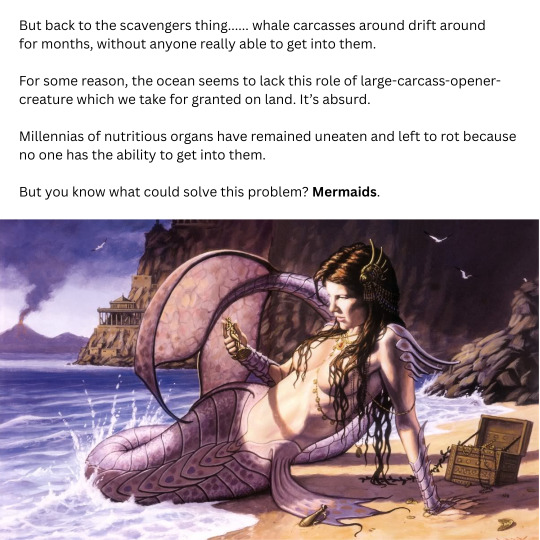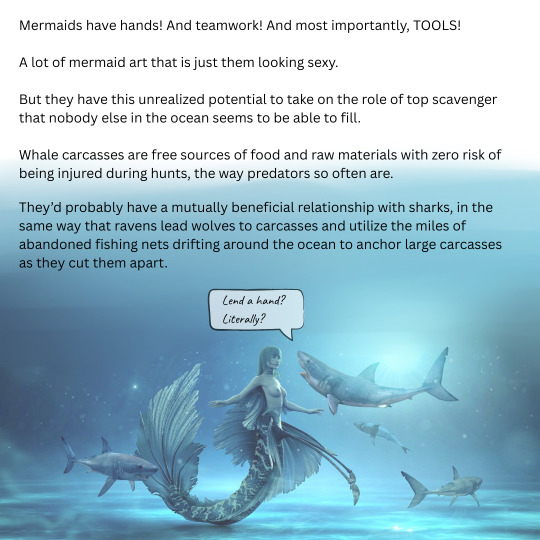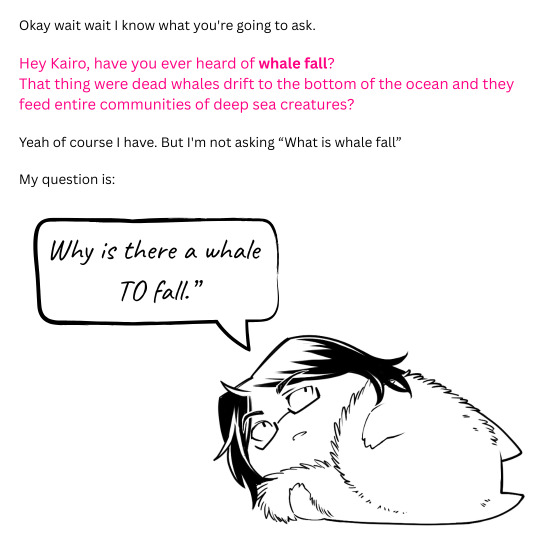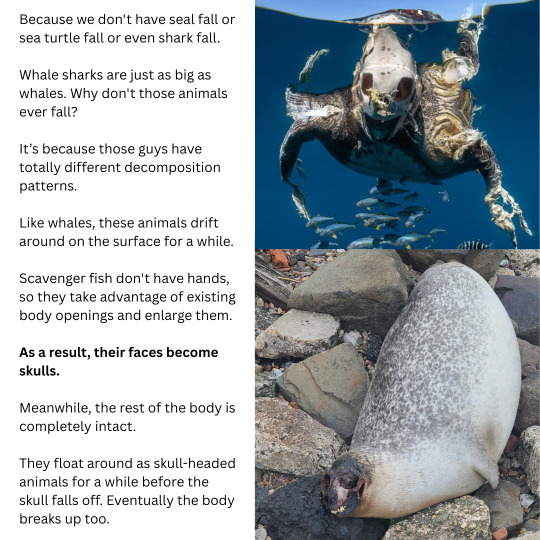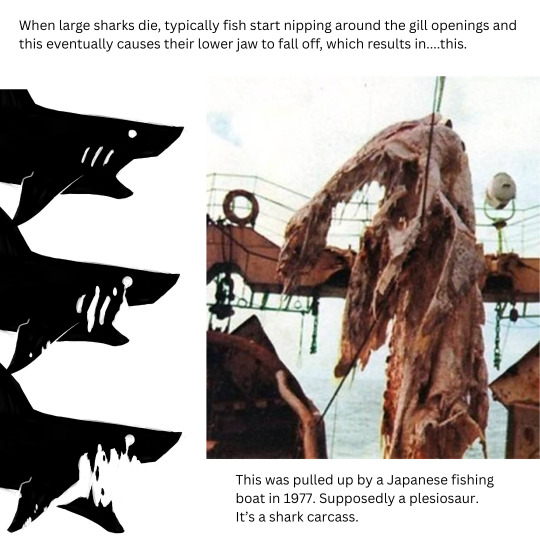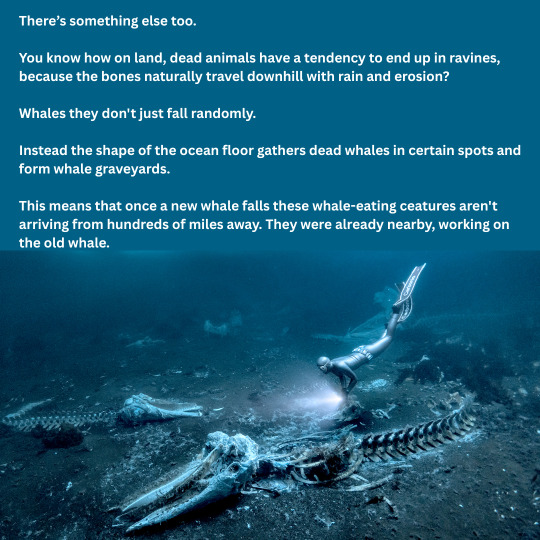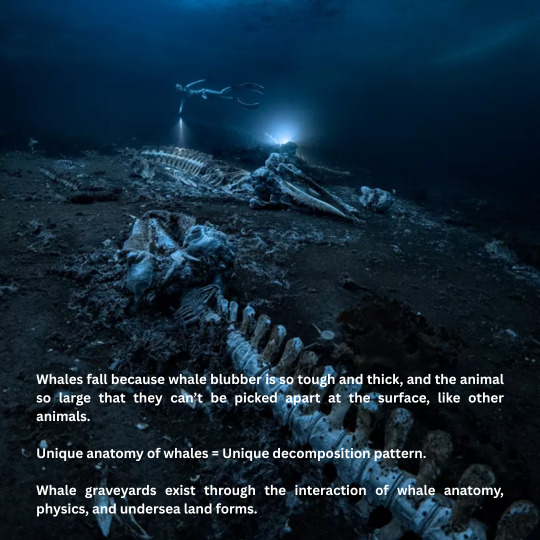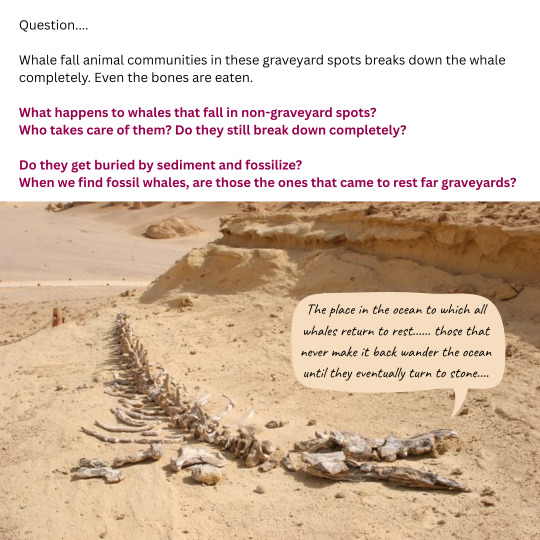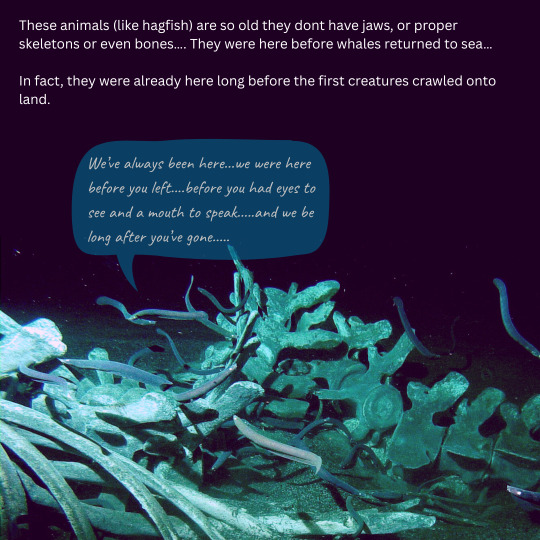She/Her. 40+ green witch with PHD on Grumping. Occasional writing and garden posting. Reblogging mushrooms, cats, frogs and so much NSFW stuff.Writing Masterpost
Last active 60 minutes ago
Don't wanna be here? Send us removal request.
Text






I grew up reading Yugioh and One Piece but it's been a while since a new series hit me like Wind breaker
270 notes
·
View notes
Text
My dad was a bit of a tearaway growing up. He still would be if it weren't for the advancing arthritis and my mother holding him back by his shirt collar for the last 50 years.
They both grew up in the slums of post-WW2 Glasgow. My mother talks about living in damp, mold-ridden basement flats and her mother owning multiple cats to keep down on the rats, while my father likes to recount how he grew up every night looking at the stars... through the hole in the roof.
He was also best friends with my mother's brother, which was how they met at the tender ages of 9 and 11 and got married ten years later. But before that, my dad was in a gang. They'd cut about the back streets with skinned knees, hand-me-down bikes rattling over cobblestone streets away from the polis. Mucky boots full of holes thudding over the tin roofs of the outhouses as they hopped the walls to avoid getting caught smoking—a habit my father laments he picked up at age 11 and has never been able to shake.
One time, in his mid-teens, my dad saw another boy getting the shit kicked out of him. Not an unusual site in that part of Glasgow back then, especially when the football was on and the bars spilled out into the streets with the drunken malevolence of festering religious bigotry that still, sadly, prevails to this day. But this was no honest scuffle. This was five to one, ten to one, depending on Dad's mood when he tells the story. And for all he was a scruffy wee toe rag who was no better than he ought to be, my dad had a firm sense of fairness, and the fight in front of him was not fair. So he jumped in and started battering the fuck out of people.
It's worth noting that my dad and I share many traits. Our humor, our love of words, and most notably, our height. My dad is 5ft 2 on a good day, 5'3" at a literal stretch. It earned him the nickname "wee barra," a name that's stuck to this day, even as my father shrinks with age and begins to resemble a Norman Rockwell-esque grandpa: silver-haired, red-faced with a smile that makes you think of Christmas.
Anyway, turns out the boy he rescued was the son of a reasonably well-known crime lord. The kind of mad cunt who'd give you a Glasgow Smile if you cut in front of him at the post office but who also donated to charity, loved his kids, and could be very kind and generous to a boy in over his head who saw an unfair fight and moved in to break it up.
I wouldn't say they became friends. More acquaintances you could nod at in the street. And when the time came for my dad to get down on bended knee and ask my Mum to marry him, that passing familiarity meant they got a discounted price at a local pub venue to host the wedding festivities. All proper posh and swanky. Or as posh and proper as a pub in the 70s could be.
Sadly, in the literal weeks running up to their wedding, my Mum's father grew sick and died. Lung cancer. It'd been eating away at him for years, and nobody knew. So while my mother sat by her father's deathbed, nursing him to the end, my father had to reschedule their wedding and help plan for a funeral instead. It was with no small trepidation he showed up at the pub and was led into a back room to say, "er, very sorry, but, er, we won't be going ahead with the wedding, er, would you mind waiting for the rest of your money... please?"
And this crime lord, this terrifying figure of a man, humphed and grumped and said, "very sorry to hear that, lad. Did things just not work out?"
So my dad explained about his future father-in-law, the funeral, and needing to help look after his future mother-in-law, and he recounts how the room got very still and quiet, and after a pause, this monster of a man renowned for violence turned toward the safe behind him, reached in and pulled out an envelope—the one my father had written "wedding deposit" on—and handed it back to him.
"Away and take care of your family, son," was apparently all he said, and my dad, clutching the envelope to his chest, nodded, said thank you about a million times, then legged it out the door.
I remember thinking the first time I heard this story, probably about the age of 9 or 10, still fully entrenched in the moral parables being taught to me every Sunday in a dusty church basement, that there was some higher moral to impart. Like how even the most monstrous of men could be capable of kindness and good and redemption. Upon voicing this, my dad laughed so hard that he inhaled his cigarette.
"Christ, no. Don't be daft," he said, between hacking coughs. "The lesson is don't owe money to the fucking mafia."
Anyway, that's the man who taught me right from wrong and how to read, write, and tell stories. It should probably help explain some things.
And today, we found out the cigarettes finally caught up with him. Lung cancer. We don't know what stage yet. He says he can breathe just fine, which is funny because I feel like I'm suffocating.
I don't know what to do.
But at least I don't need to tell a crime lord I can't pay him the rest of his money. Small mercies.
2K notes
·
View notes
Text
I took my little brother (autistic, mostly non verbal) out and he was using his voice keyboard to tell me something, and this little boy (maybe 4 or 5?) heard him and asked me "Is he a robot??" I tried to explain to him that no, he isn't a robot, he just communicates differently, but my darling brother was in the background max volume "I am robot I am robot I am robot I am robot"
163K notes
·
View notes
Text
>Be me
>Make bowl of panda express leftovers
>Chow down on 2/3rds of it before father calls you over to show you memes
>Leave bowl unattended
>Laugh about memes for a good ten minutes
>Return to room
>??Bat? In bowl? ?
>Don't have anything to grab bat with that are bite proof
>Offer bat the head of the Winston Churchill marble bust to climb onto
>Bat does so
>Slowly carry Churchill and the bat to the window
>Bat won't let go of Churchill
>Pry bat off of him with nearby plastic skeleton hand
>Bat sits on windowsill for a second before flying off into the night
16K notes
·
View notes
Text
2K notes
·
View notes
Text



Brazilian photographer Sebastião Salgado and his wife, Lélia Deluiz Wanick Salgado, have been instrumental in reforesting the Rio Doce Basin area in Brazil since 1998. Through their organization, Instituto Terra, they have planted over 2.7 million trees, successfully restoring more than 550 acres of forest and 2,000 natural springs. 
Their efforts have transformed a once barren landscape into a thriving forest ecosystem, demonstrating the profound impact that dedicated reforestation initiatives can have on environmental restoration.
22K notes
·
View notes
Text
Tomateyes
watercolor, colored pencil, and digital animation.
1K notes
·
View notes
Text
Endlessly diabolical how you can't say words like rape and suicide uncensored without either being criticised by idiots or punished by conglomerates.
108K notes
·
View notes
Text
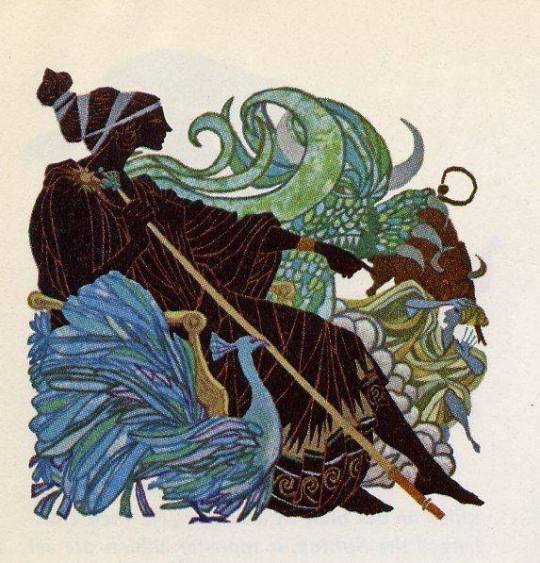





Imágenes de la mitología griega de los ilustradores Leo y Diane Dillon: Hera, Edipo, Cadmo, Hércules, Zeus, Atalanta. Del libro Grecia clásica (1965).
Images from Greek mythology by illustrators Leo and Diane Dillon: Hera, Oedipus, Cadmus, Heracles, Zeus, Atalanta.
From the book, "Classical Greece" (1965).
319 notes
·
View notes
Text

for all the buckaroos celebrating CANADA DAY today
1K notes
·
View notes
Text

I assure you: somebody, somewhere, is on the exact same wavelength as you are.
124K notes
·
View notes
Text

“Yellow Bittern”
by Vo Rin, Vietnam
The 35 Photography Awards
4K notes
·
View notes



